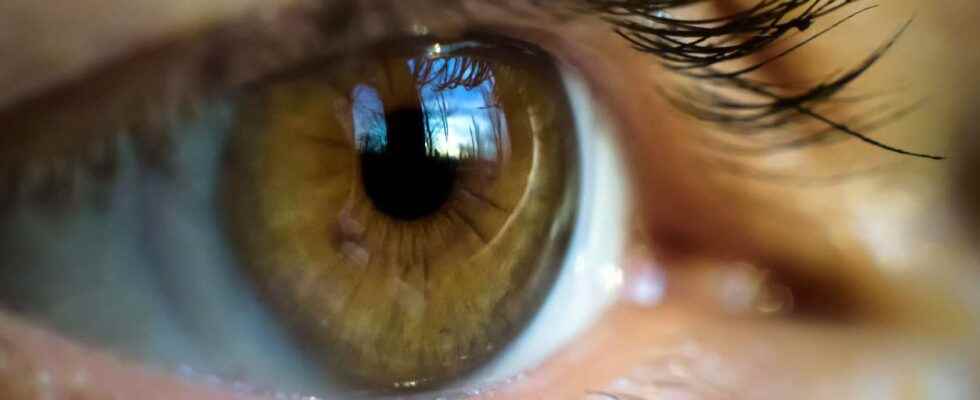A heart attack can be fatal if not treated quickly. Symptoms are not always prominent and patients often delay seeing a doctor. What if a simple retinal scan could predict patients’ risk of heart attack in advance? There is no doubt that this would allow those concerned to be more attentive to certain warning signs.
You will also be interested
[EN VIDÉO] How to do cardiac massage? If a person is seriously ill in front of you and needs to be resuscitated, will you be able to react well? A video from the Swiss Romande School of Health shows the right actions to take in the event of a medical emergency.
It is thanks to the blood circulating in our body that the organs and cells are supplied with oxygen. When the circulation of blood is interrupted in an organ, the heart for example, the cells are deprived of oxygen. This is absolutely essential for their operation. In his absence, they die. This is called a heart attack, also called myocardial infarction. The longer the oxygen deprivation lasts, the more serious the damage: it can lead to the death of the patient.
Symptoms The most common types of heart attack are: pain chest pain, sweating, discomfort, nausea, shortness of breath and dizziness. If the symptoms are intense and appear suddenly in some patients, the heart attack can also be very discreet at the clinical level: mild symptoms, no chest pain… Hence the interest of being able to identify the most serious patients in advance. more at risk of having a heart attack to raise awareness.
An artificial intelligence that interprets retina scans
Ophthalmologists frequently perform scans of the retina in their patients as part of the diagnosis and monitoring of diseases of theeye. What if this routine, non-invasive, non-painful, inexpensive test could be used to predict heart attack risk? A team has developed a artificial intelligence able to interpret retinal scans. The analyzes focused on certain markers of the retinal images such as the density of blood vessels.
Retina image banks have been used to train artificial intelligence next to the markers. The authors then analyzed a posteriori the heart attacks that occurred or did not occur in each of the patients.
How effective is the predictive test?
The results are as follows: artificial intelligence would have been able to detect the risk of heart attack with a sensitivity of 74% and a specificity of 71%. As a reminder, the sensitivity corresponds to the probability that the test is positive when the subject is ill, while the specificity corresponds to the probability that the test is negative when the patient is not ill.
In addition, the AUC (area under the curve) of the test is 0.80. The closer the value is to 1, the better the test performs. In other words, in 80% of cases, an individual with a high risk of having a heart attack will test positive compared to an individual not having a high risk of having a heart attack. A predictive or diagnostic test is considered “useful” if its AUC is greater than 0.70. The implementation of this test could undoubtedly save lives.
Interested in what you just read?
